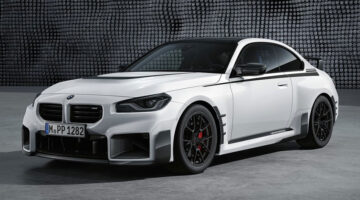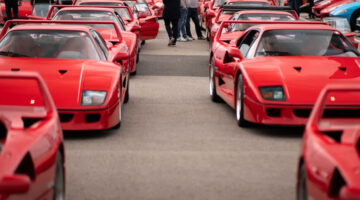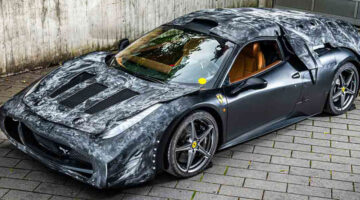Imagine for a second that Formula 1 used fighter planes rather than single seater cars. Let me walk you through a little history…
[Not a valid template]Fast forward to 1992 and the Soviet Union has made a miraculous recovery in Formula 1 (the Hungarian Grand Prix no longer F1’s sole representation behind the Iron Curtain). Decked in the Benetton colours, as worn by the Benetton B192, the Polikarpov I-15 was a proponent of the Spanish Civil War, its B192 alter-ego making its own – arguably less significant – impression on the history books by taking a podium first time off the chocks courtesy of wing commander Michael Schumacher. Though teammate Martin ‘Lofty’ Brundle would take five podiums to the German’s four during the final eight races, it would be Schumacher who scored the car’s – and his – first victory after a dogfight at Spa-Francorchamps.

Just four years later, Schumacher would become the inimitable ‘Red Baron’ by joining Ferrari and sealing five championships on the bounce, a series of fast Fiat G55 Centauros deposing the Finnish guard, a rogue Colombian Kfir and even the Spanish Air Force’s leading aviator, Fernando ‘El Hijo’ Alonso. The F2007 Centauro that rolled out in 2007 would be the first without Schumacher’s crest on its wings, though the Prancing Horse – once the symbol of Italian air force ace Count Francesco Baracca – proved it still ruled the skies above the F1 circus by nailing victory and the championship first time out courtesy of Kimi ‘Suu Kiinni’ Raikkonen.

Germany’s influence on the skies was far from over though. From 2006 onwards, the Hunn would be led by BMW-Sauber squadron. Success proved fleeting though. Whilst the Messerschmitt Bf 109 was flown by the three top-scoring German fighter aces of the second World War, who claimed 928 victories mainly on the Eastern Front, BMW-Sauber’s F1.08 competition variant would be the squad’s sole victor in Canada. Nick Heidfeld – the Blond Knight of Germany – admirably flew Wingman a record 13 times, and even future ace Sebastian Vettel took flight for the first time with the group, though Robert Kubica would be the only pilot to earn his wings.

The heavy hitters come the end of the year would be McLaren, the Silver Arrows taking the top prize with Lewis ‘Biggles’ Hamilton in only his second year out of flight school. McLaren though, the most experienced British group in F1 history – in much the same way the Supermarine Spitfire was produced in greater numbers than any other British aircraft – would give best to an upcoming newcomer in 2009, dogged determination after years with the Italian occupying forces (namely Ross Brawn’s tenure at Ferrari) proving the key to championship glory when Brawn GP debuted on the Allied Side…

…just three years after the preceding squadron – British American Racing – took victory in Hungary (the Iron Curtain now lifted) courtesy of Jenson ‘Mad Major’ Button. In then trademark dayglow yellow colours and with goggles affixed, Button became the second British champion in succession in 2009.
And they say that the 2014 Formula 1 regulations are radical…
– Shots courtesy of Clavework Graphics



